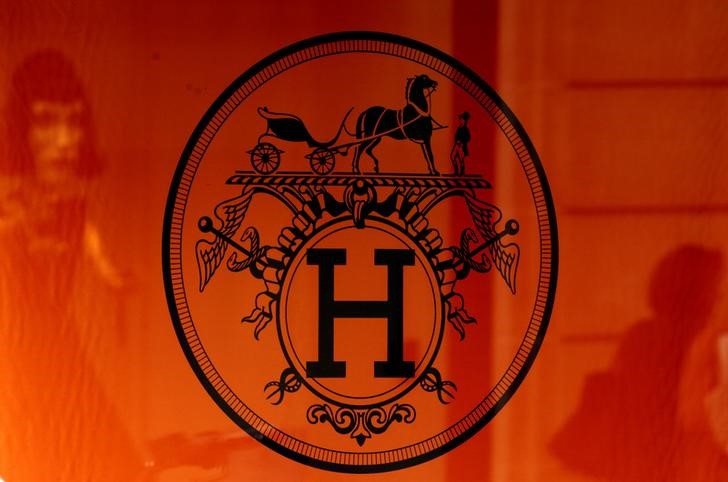Can anything shut down the Gold rally?
Investing.com -- RBC Capital Markets has initiated coverage on two major names in the luxury sector, Brunello Cucinelli S.p.A. and Hermès International (OTC:HESAY), offering a comparative look at companies both positioned at the upper end of the market but diverging in their financial profiles, brand strategies and investment ratings.
Brunello Cucinelli received a “sector perform” rating with a price target of €105. RBC analysts cited the company’s strong orientation toward high-net-worth individuals, consistent earnings, and premium brand positioning as the foundation for durable topline growth.
The brokerage is seen as having a defensible business model with relatively inelastic demand characteristics and a long runway for customer expansion, particularly as it remains underpenetrated among HNWI populations.
Revenue is projected to reach €3.25 billion by fiscal year 2034, underpinned by 10% compound annual growth, driven by 7% annual growth in customer base and modest gains in average spend.
However, the valuation remains a sticking point. Shares trade at 47 times projected earnings for fiscal year 2026 and 29 times EV/EBIT, metrics that RBC noted are consistent with historical averages but still high compared to the broader sector.
While the premium is seen as a reflection of brand strength and earnings predictability, analysts flagged relatively lower margins and return on invested capital compared to other top-tier luxury brands.
In contrast, Hermès was initiated at an “outperform” rating, with a price target of €2,600.
RBC called Hermès the "best-in-class luxury compounder," referencing a 17% median annual total shareholder return over the past two decades.
The company’s advantage is attributed to its supply-constrained model, deep vertical integration, consistent ownership and management, and category-leading financials.
RBC forecasts 10% compound annual growth in both revenue and EBIT for Hermès through fiscal year 2029, outpacing the sector average of 5–6%.
Revenue growth is expected to be driven by 6–7% volume expansion, 3% price increases, and 2% mix improvements, all while maintaining lower volatility than peers.
Hermès’ mono-brand model and careful product expansion strategy, especially in non-leather segments like Ready-to-Wear and Jewelry, are seen as key factors in its ability to maintain market share without over-reliance on flagship items like the Kelly and Birkin bags.
In addition to its focus on quality over marketing spending, the company has a strong pricing power, with products beginning at £2,500 and key leather goods starting above £11,000.
Hermès trades at 48 times FY26 estimated earnings and 32 times EV/EBIT, multiples RBC deemed justified given the firm’s high return on invested capital and sustained growth outlook.
While both companies command premium valuations and cater to the uppermost tier of the luxury market, RBC differentiates them based on financial performance and scalability.
